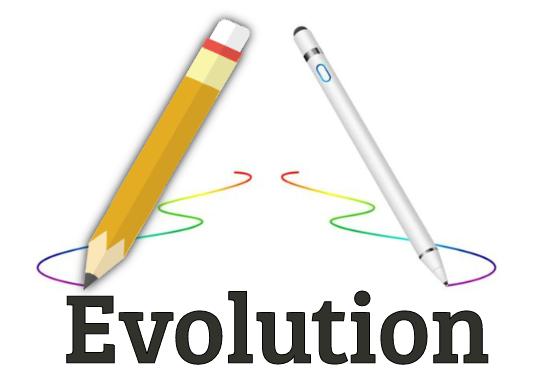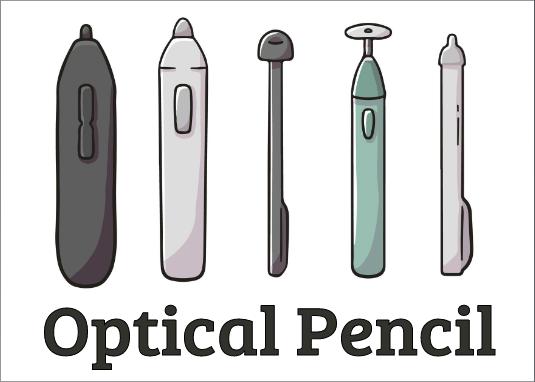From Graphite Pencil to Optical Pencil
Publish in General el 23/02/2023 18:03
The graphite pencil has been a popular tool for artists and writers for hundreds of years, and its evolution to the modern optical pencil is a fascinating story of innovation and technological advancement.
The first known graphite pencils were made in the 16th century in England, where graphite was discovered in the Borrowdale region of the country. The graphite was sawn into sticks and wrapped in string or sheepskin to create a writing instrument. The earliest pencils were very brittle and difficult to sharpen, but they quickly gained popularity as an alternative to the messy and unreliable ink pens of the time.

Over the centuries, pencil-making techniques evolved to create stronger, more reliable pencils. In the 19th century, the French chemist Nicolas-Jacques Conte discovered a way to mix graphite powder with clay and other materials to create a stronger and more uniform pencil lead. This invention revolutionized the pencil industry and allowed for the production of high-quality pencils in large quantities.
In the early 20th century, the mechanical pencil was invented. This type of pencil used a refillable lead that could be advanced or retracted using a mechanism in the pencil's barrel. Mechanical pencils quickly gained popularity for their convenience and reliability, and they remain a popular writing tool to this day.

In the mid-20th century, the optical pencil was invented. Also known as a "light pen," this device used a light-sensitive tip to detect movements on a computer screen or other display. The optical pencil was used primarily in computer-aided design (CAD) and other technical fields, where it allowed for precise and efficient input of information.
Today, the pencil remains a popular and versatile tool for artists, writers, and designers. While the traditional graphite pencil has been largely replaced by digital drawing tools in many fields, the mechanical pencil and optical pencil continue to play important roles in certain applications. The evolution of the pencil from its humble beginnings as a simple graphite stick to its modern incarnations as a high-tech drawing tool is a testament to human ingenuity and innovation.





